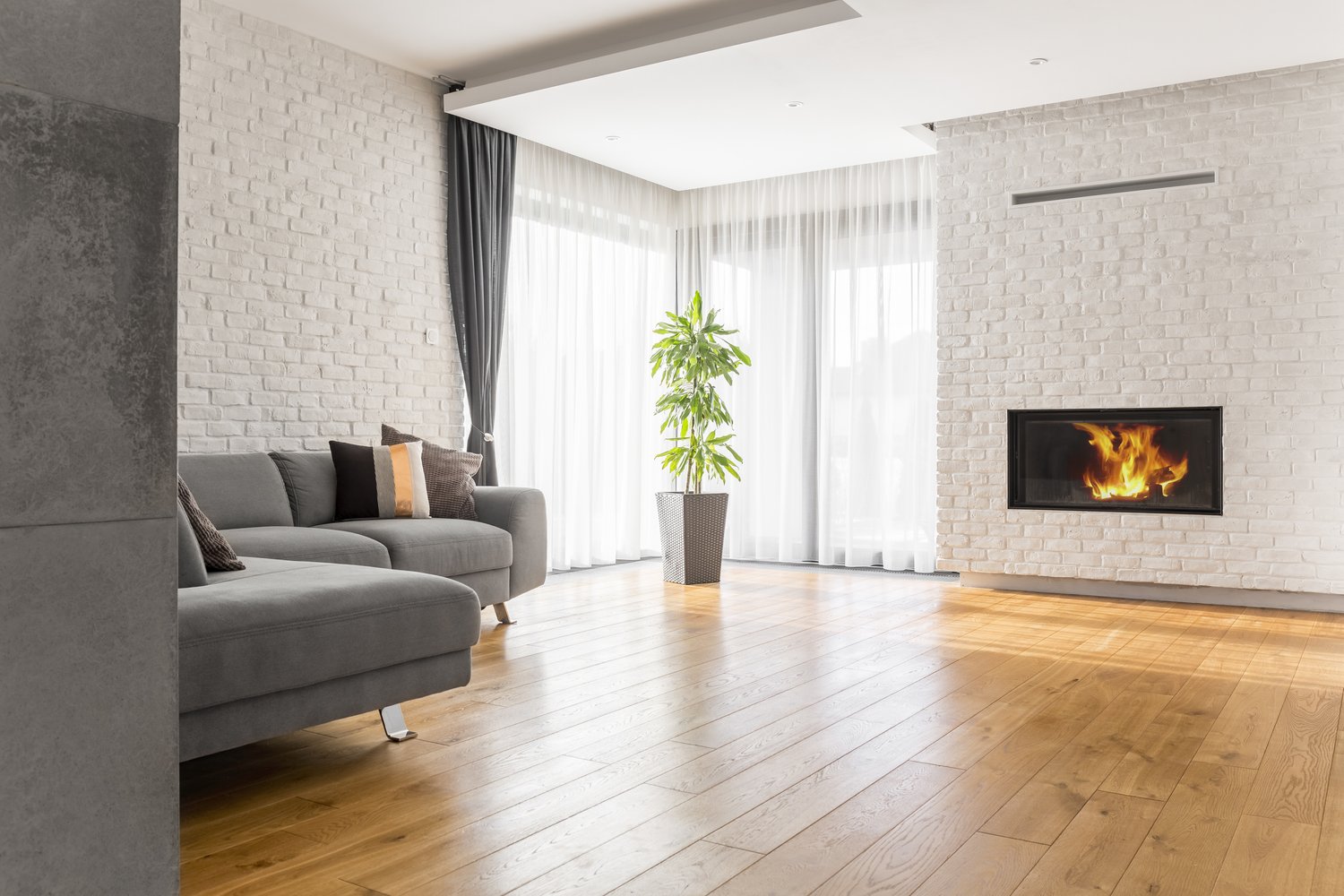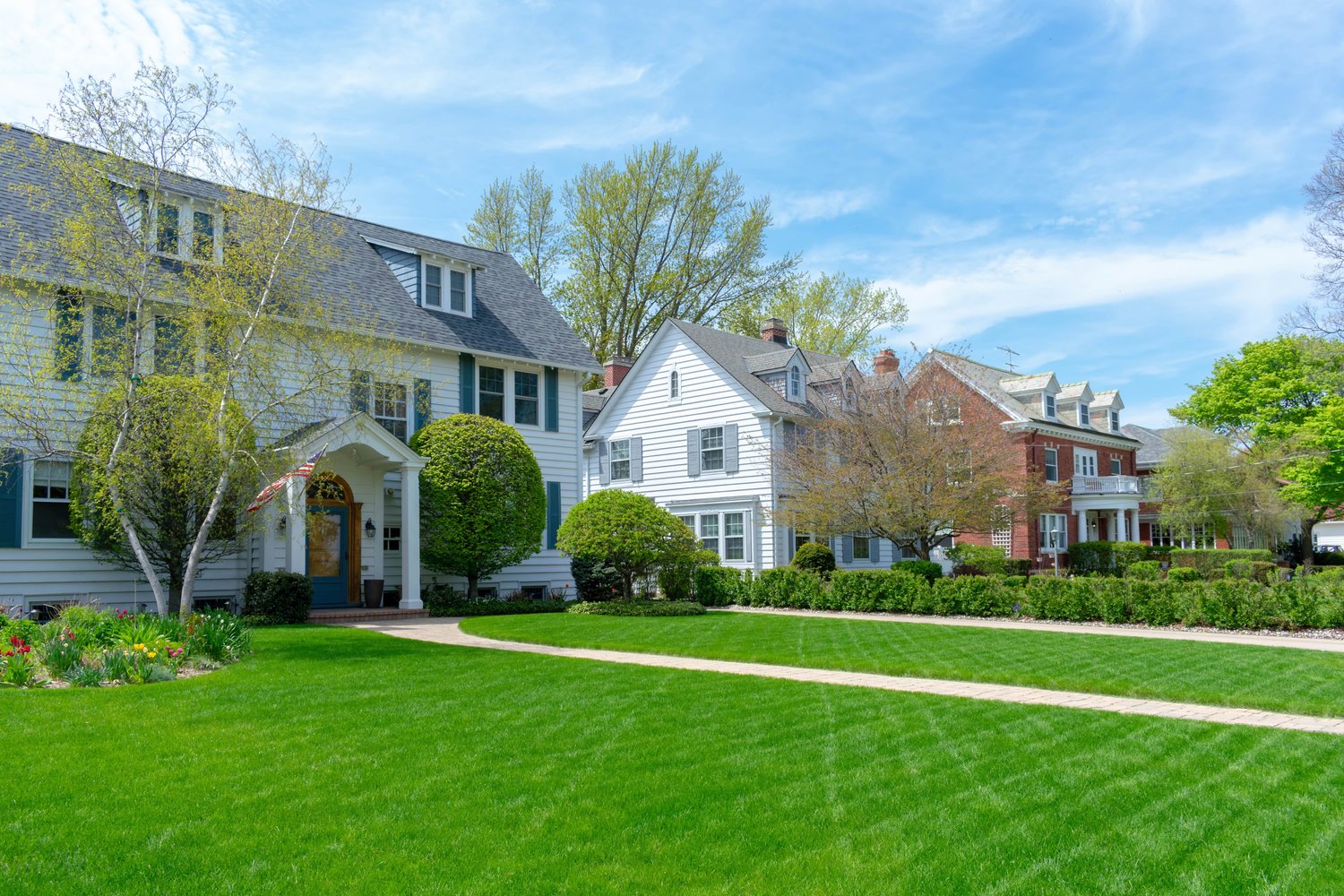Creating clean, defined lines between your garden beds and lawn areas not only enhances the visual appeal of your landscape but also serves practical purposes. Garden edging prevents grass from invading flower beds, holds mulch in place, and creates clear pathways throughout your outdoor space. With numerous materials available – from classic stone and brick to modern metal and practical plastic options – choosing the right garden edging ideas materials for your landscape can transform a messy yard into an organized outdoor retreat. This article explores various edging options, their costs, installation methods, and how they can elevate your garden’s appearance.
Why Garden Edging Matters
Garden edging acts as the framework for your landscape design, much like how a picture frame enhances artwork. Beyond aesthetics, properly installed lawn edging borders provide functional benefits that save time and effort in garden maintenance. They create barriers that prevent grass from creeping into garden beds, keep mulch and soil from washing away during heavy rain, and provide mowing strips that eliminate the need for string trimmers in tight spaces. When planning your landscape, considering these practical benefits alongside visual appeal will help you select edging that performs well while complementing your garden style. As recommended by landscape professionals at AskHomey, investing in quality edging materials pays dividends through reduced maintenance and enhanced curb appeal.
Stone and Brick Edging Options
Natural stone and brick represent timeless landscape edging options that add permanence and character to garden designs. Stone edging can range from informal stacked fieldstone to precisely cut granite pavers, giving you flexibility in achieving either a rustic or formal look. Landscape designers often recommend natural stone for its durability and the way it weathers beautifully over time, developing character with age. Brick edging offers classic appeal with its uniform appearance and can be arranged in various patterns from simple rows to more elaborate designs. The landscape edging options cost for stone typically ranges from $15-30 per linear foot when professionally installed, while brick installations generally fall between $10-20 per linear foot. While these materials represent a higher initial investment, their durability often makes them more economical over time compared to options requiring frequent replacement.
Metal Edging Solutions
For clean, modern lines in the landscape, metal edging has become increasingly popular. Steel, aluminum, and corten steel options provide sleek borders that practically disappear from view or become design features themselves. Steel edging is particularly valued for creating perfect curves and straight lines with minimal visual intrusion. Corten steel, which develops an attractive rust patina, has gained popularity for its contemporary aesthetic that complements both modern and cottage garden styles. When considering landscape edging options cost, metal typically falls in the mid-range, with materials costing $5-15 per linear foot plus installation. Professional landscapers recommend metal edging for its precision and durability, though homeowners should be aware that thin metal edges can sometimes pose a safety concern if not properly installed with the top edge below grass level or with rounded safety caps.
Plastic and Composite Materials
For budget-conscious gardeners seeking easy-to-install lawn edging borders, plastic and composite materials offer practical solutions. These materials have evolved significantly, with many now featuring UV-resistant formulations that prevent brittleness and fading. Plastic edging typically costs between $2-8 per linear foot, making it the most affordable option for defining large areas. Installation is straightforward, often requiring only a trench dug with a spade and no special tools, making this a popular DIY project. Composite materials, which blend plastic with wood fibers or other materials, provide greater durability and a more natural appearance than traditional plastic while maintaining ease of installation. These materials work particularly well for curved borders and come in various heights to accommodate different needs, from subtle lawn separation to deeper root barriers for invasive plants.
Installation Tips and Techniques
Successful garden edging installation begins with proper planning and preparation. Before you install lawn edging borders, mark your desired borders with garden hoses or spray paint to visualize the final layout. For most edging types, you’ll need to dig a trench slightly wider and deeper than your edging material. Professional landscapers recommend digging 4-6 inches deep for rigid materials like brick or stone, while flexible materials may require less depth. Ensure the bottom of your trench is level to prevent shifting and uneven edges over time. For stone and brick edging, a 1-2 inch layer of sand provides drainage and makes leveling easier. When installing plastic or metal edging, leave small gaps every few feet to allow for water drainage and prevent buckling during freeze-thaw cycles. Remember that proper installation significantly extends the life of your edging and enhances its appearance, so taking time during this phase pays dividends in the long run.
Matching Edging to Your Garden Style
The most successful garden edging complements both your landscape and architectural style. For cottage gardens, irregular stone or vintage brick creates harmonious borders that appear to have evolved over time. Contemporary landscapes benefit from the clean lines of metal or composite edging that create distinct geometric shapes. Traditional homes often pair well with formal brick edging patterns or cut stone that echoes building materials used in the home’s construction. Consider your maintenance preferences as well—some garden edging ideas materials require regular attention, while others remain virtually maintenance-free for years. Whatever style you choose, ensuring your edging materials coordinate with other hardscape elements in your yard creates a cohesive, thoughtfully designed landscape that enhances your property’s beauty and functionality.
For more tips and to connect with reliable home service professionals, follow AskHomey on Facebook and Instagram.



